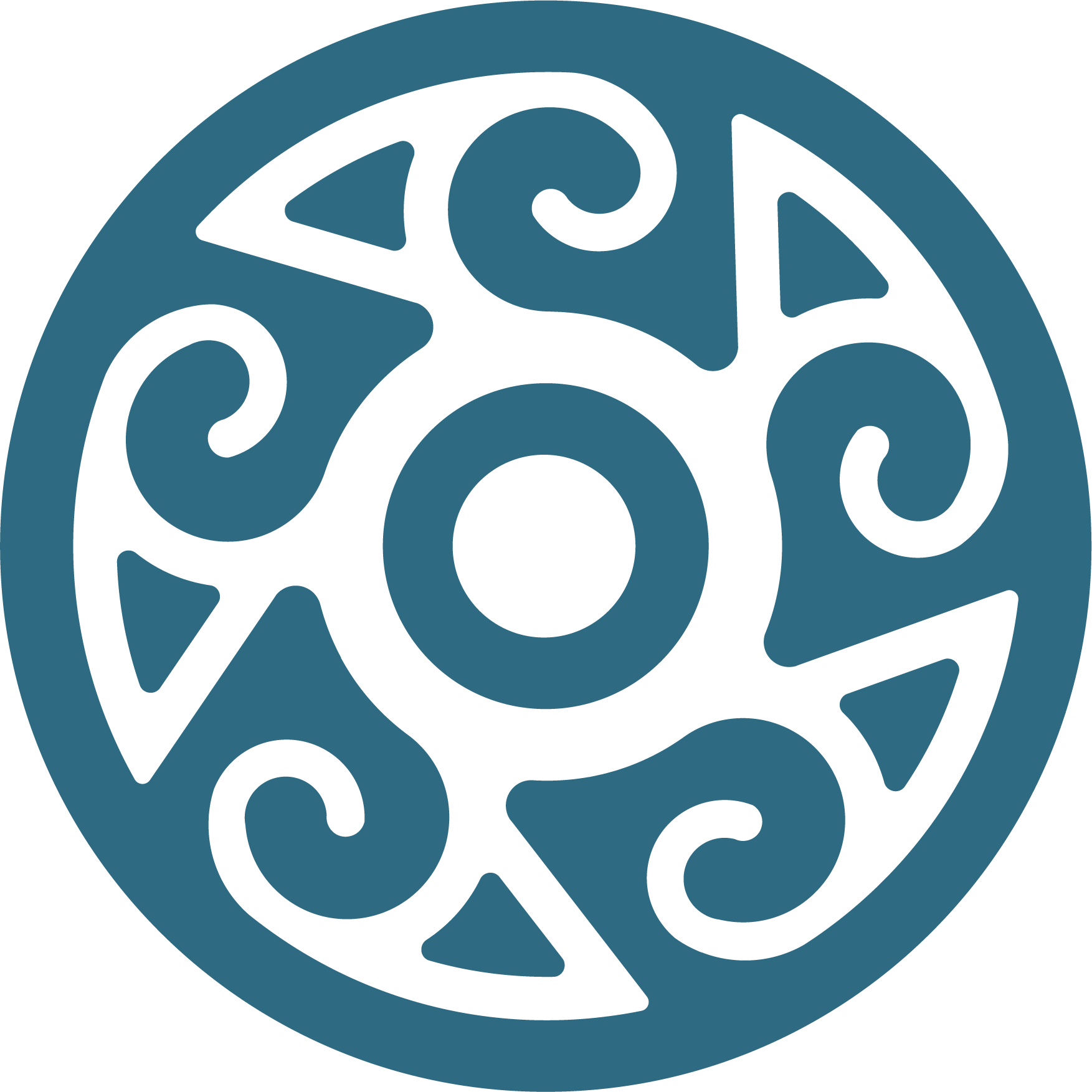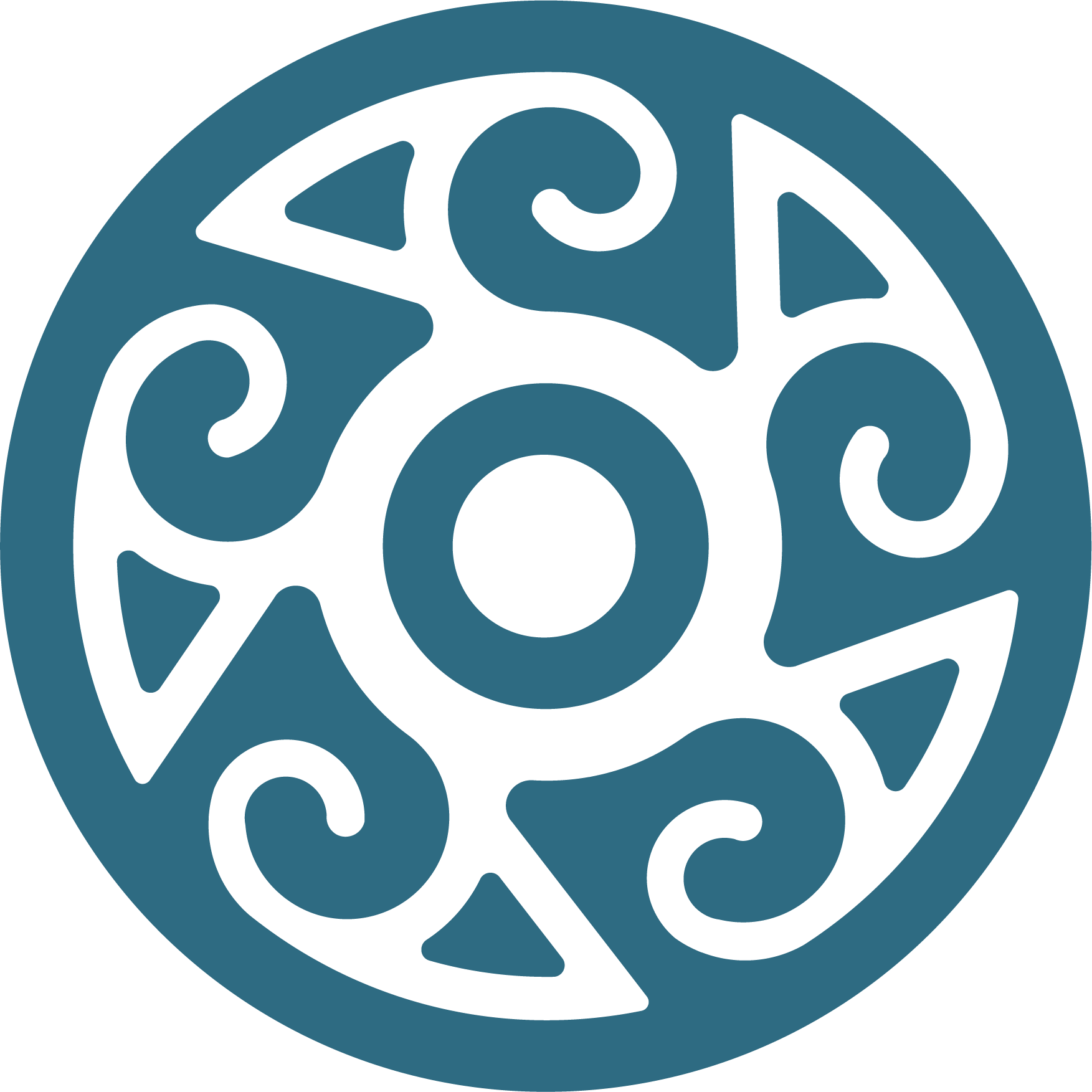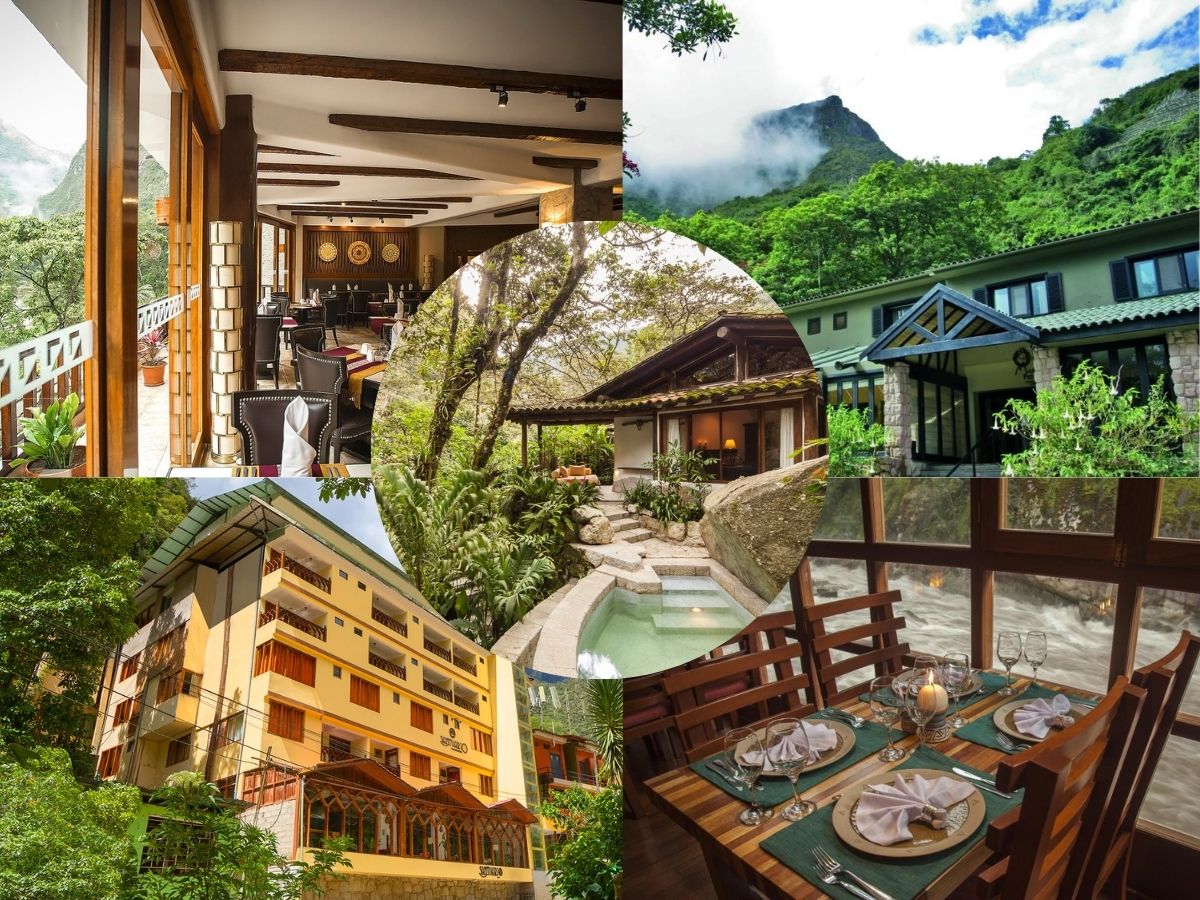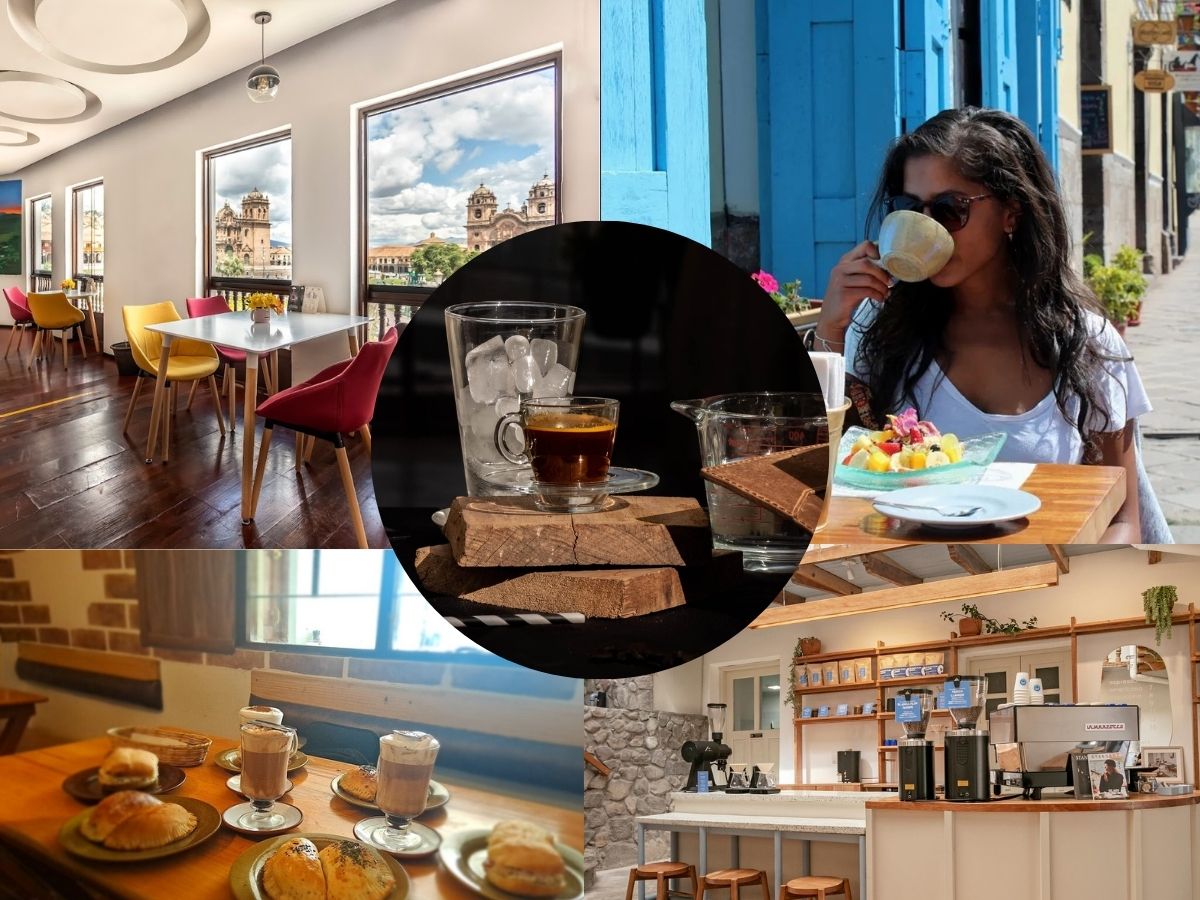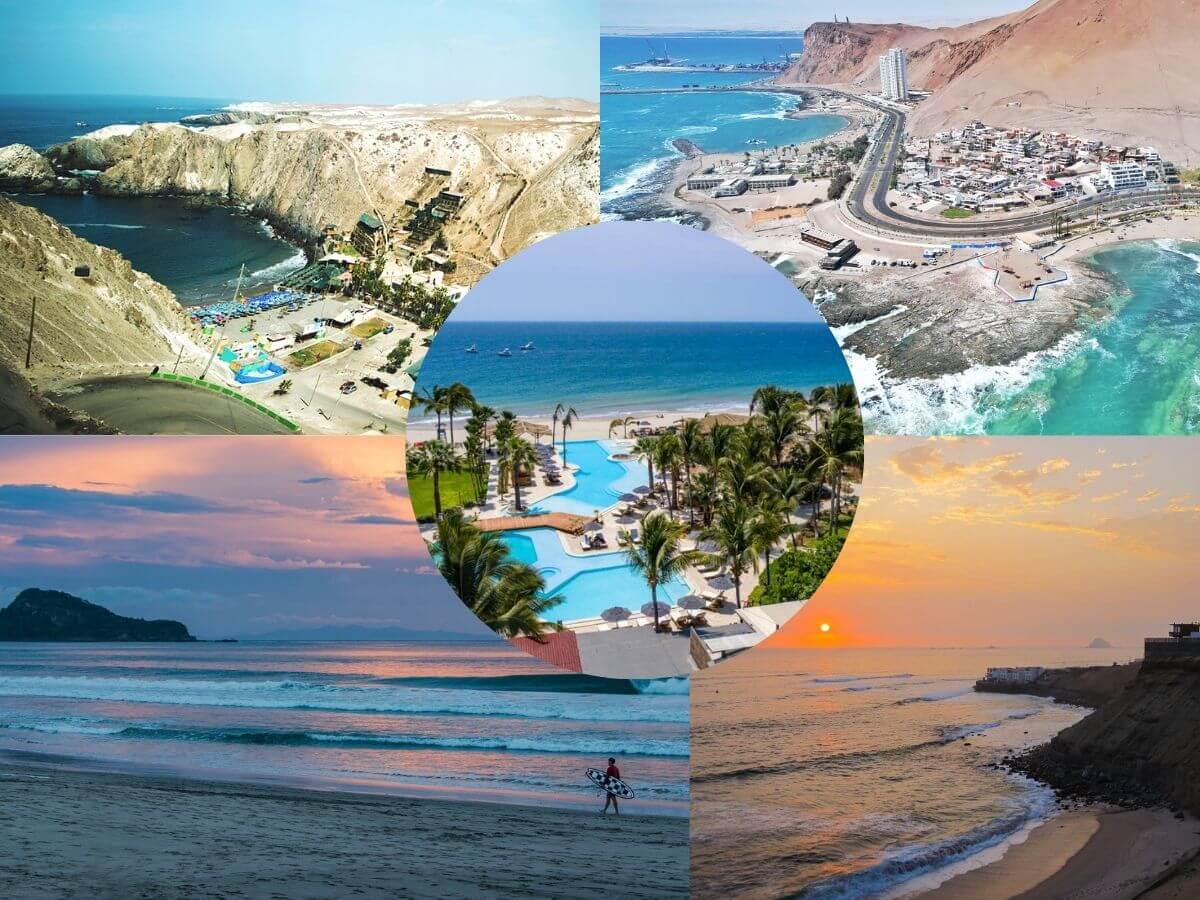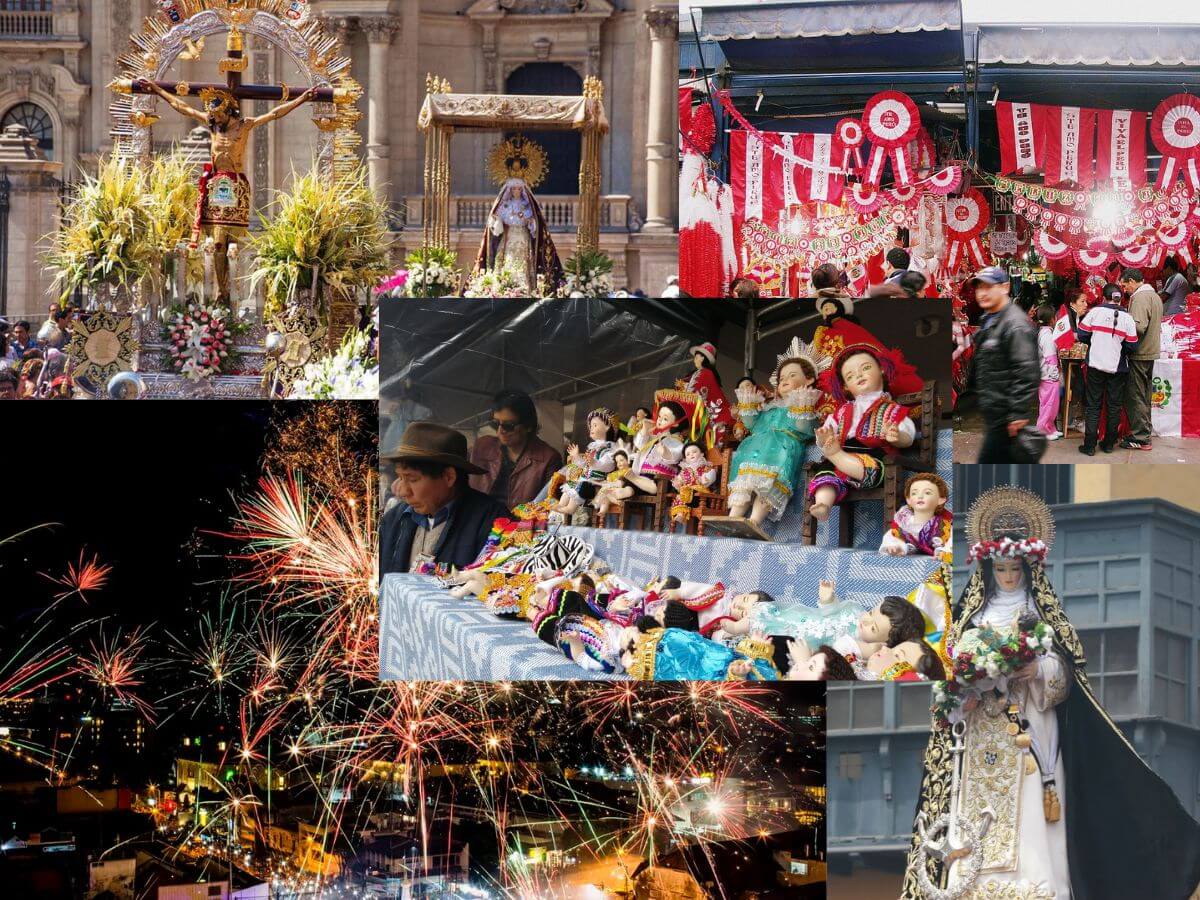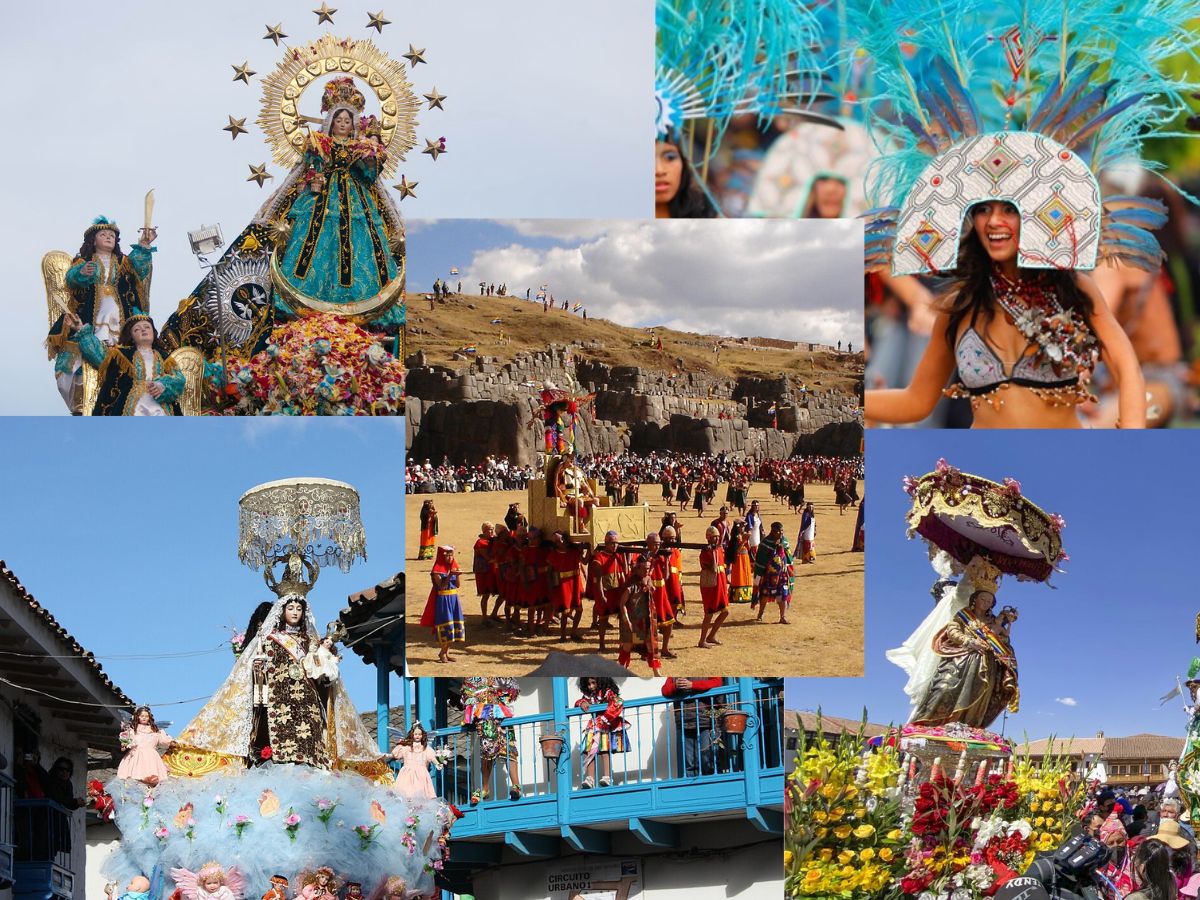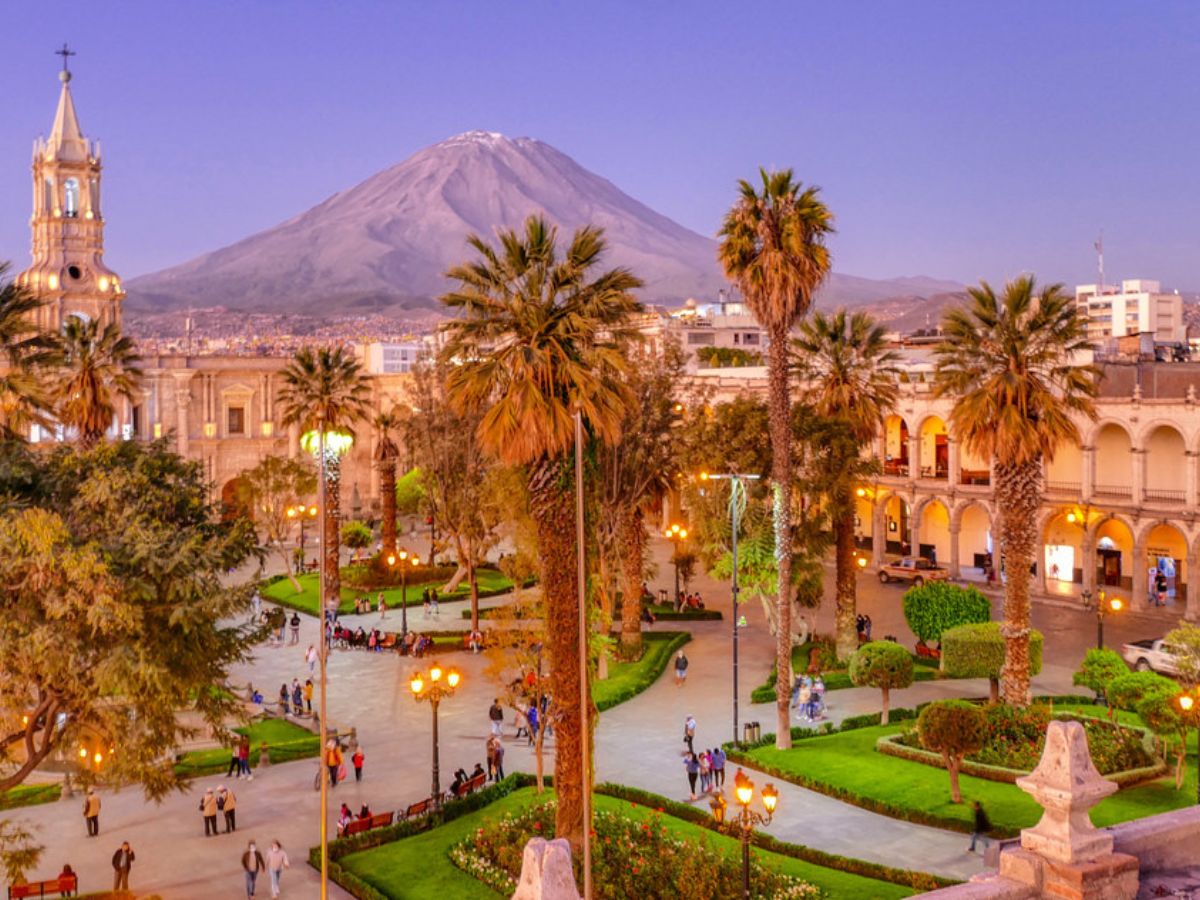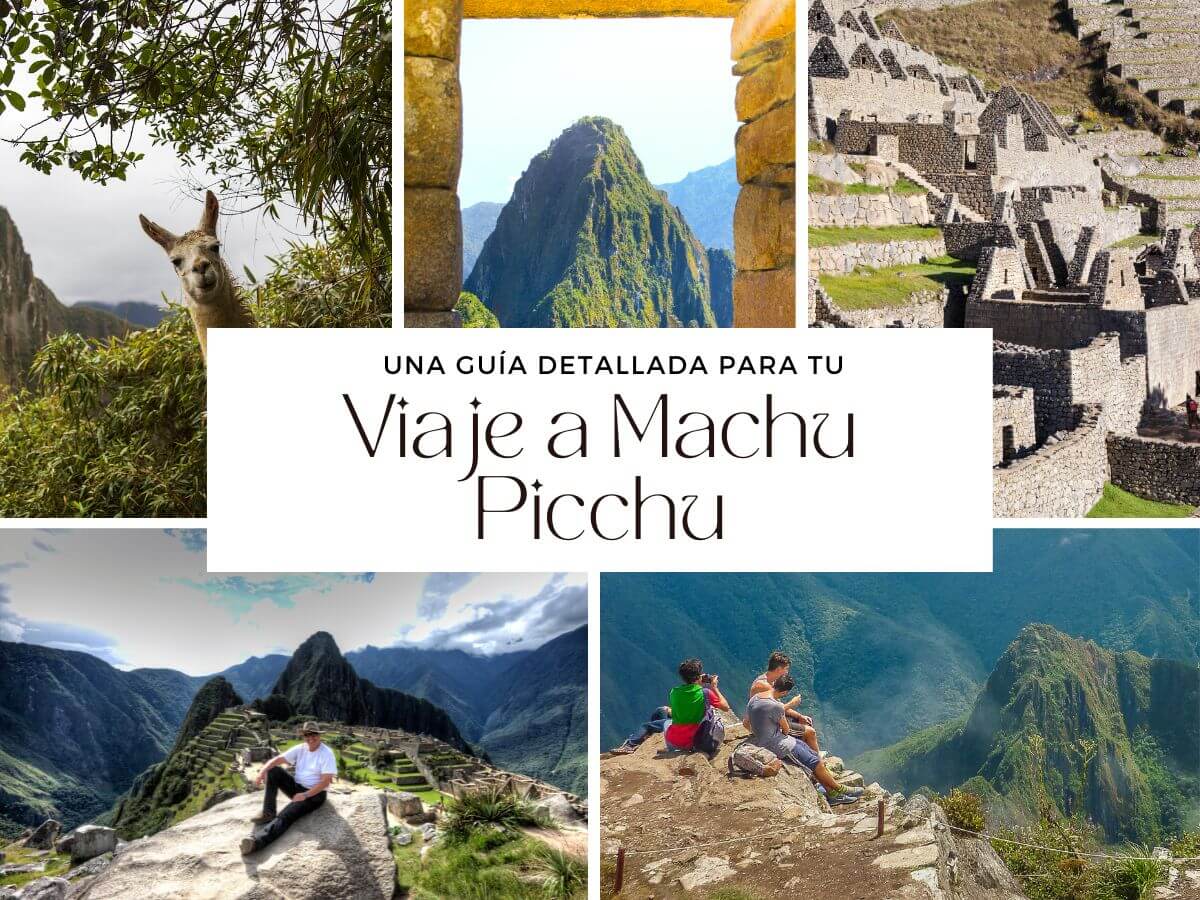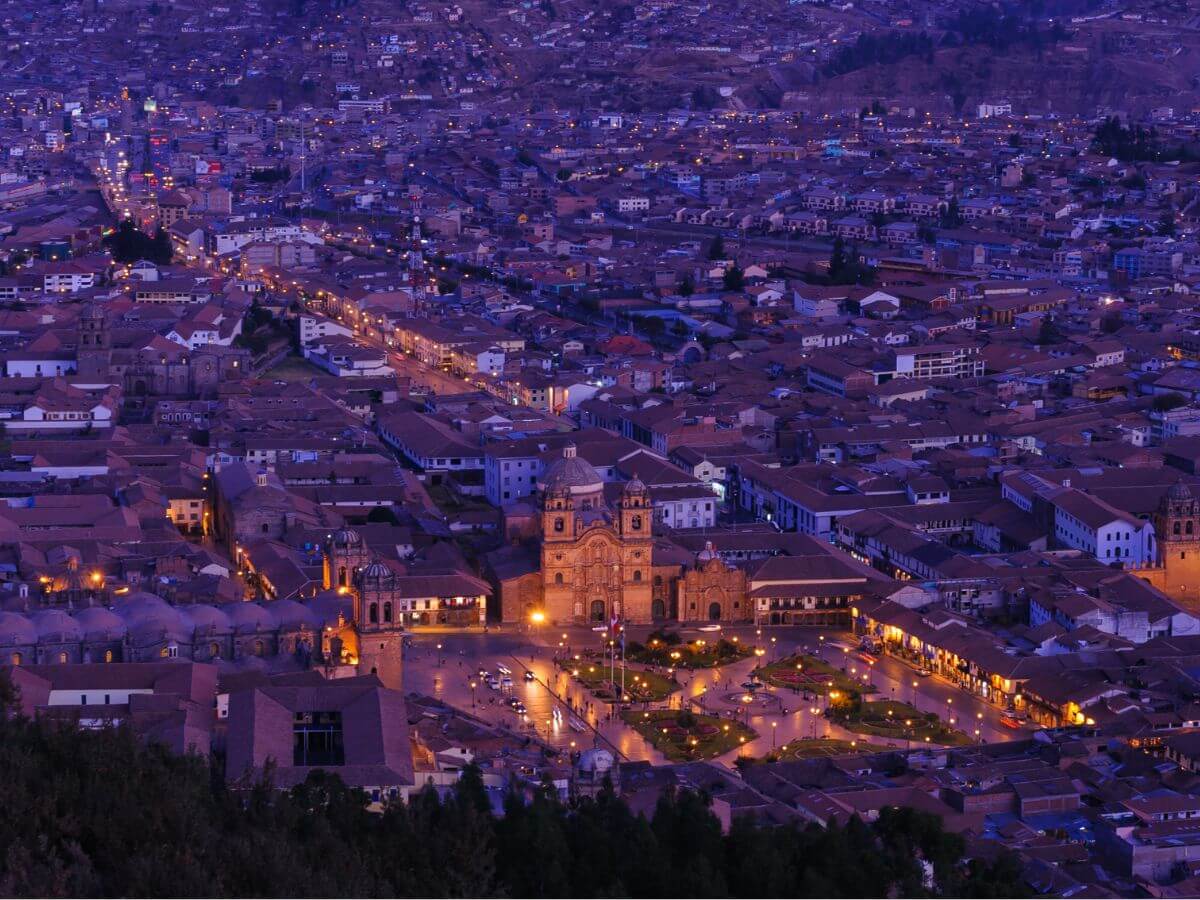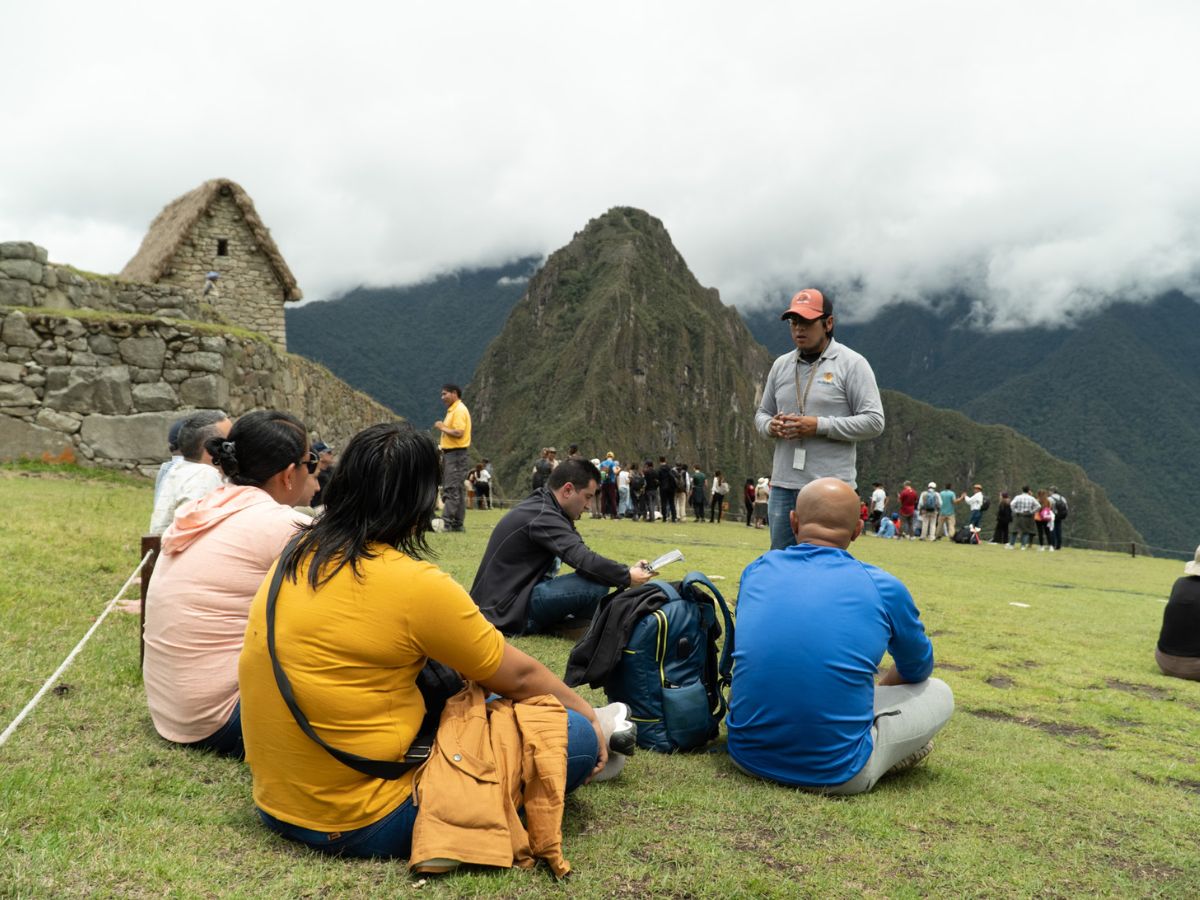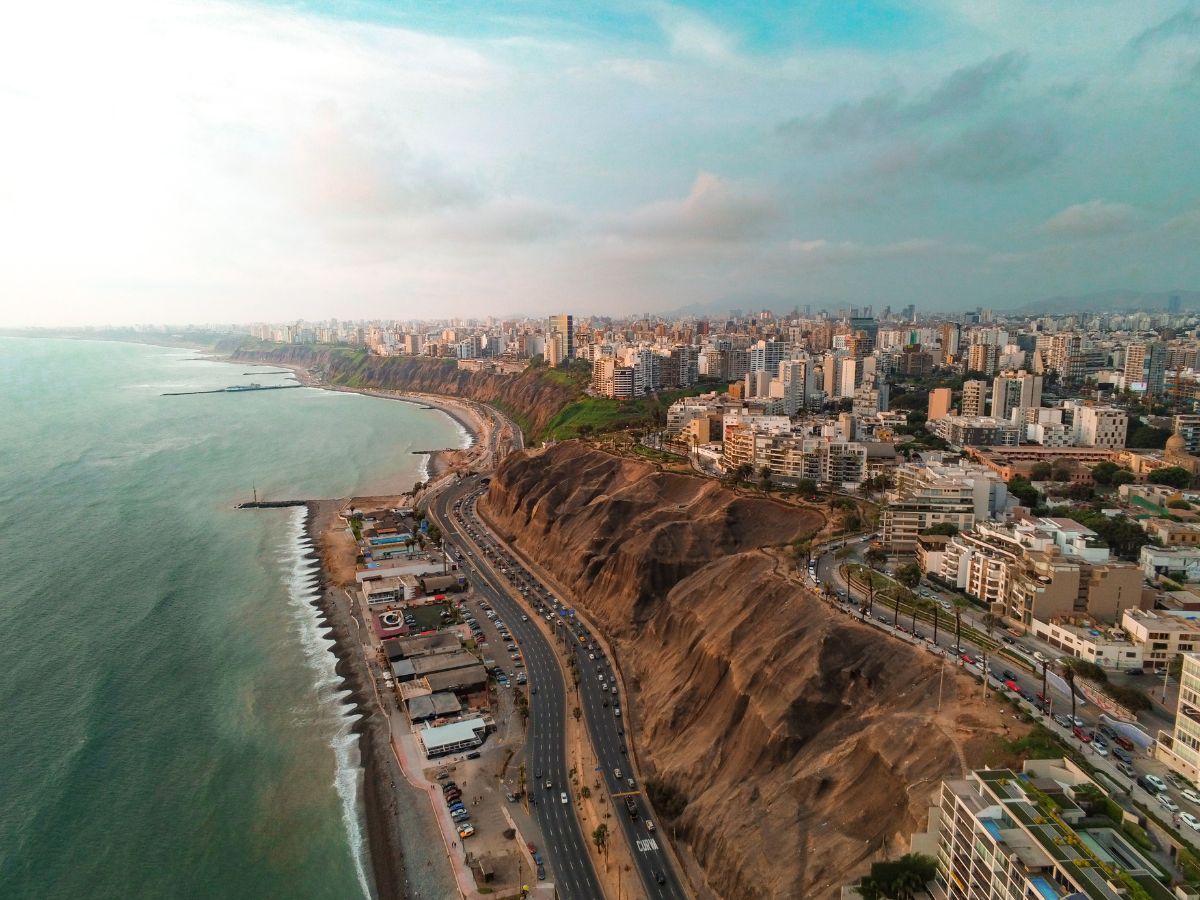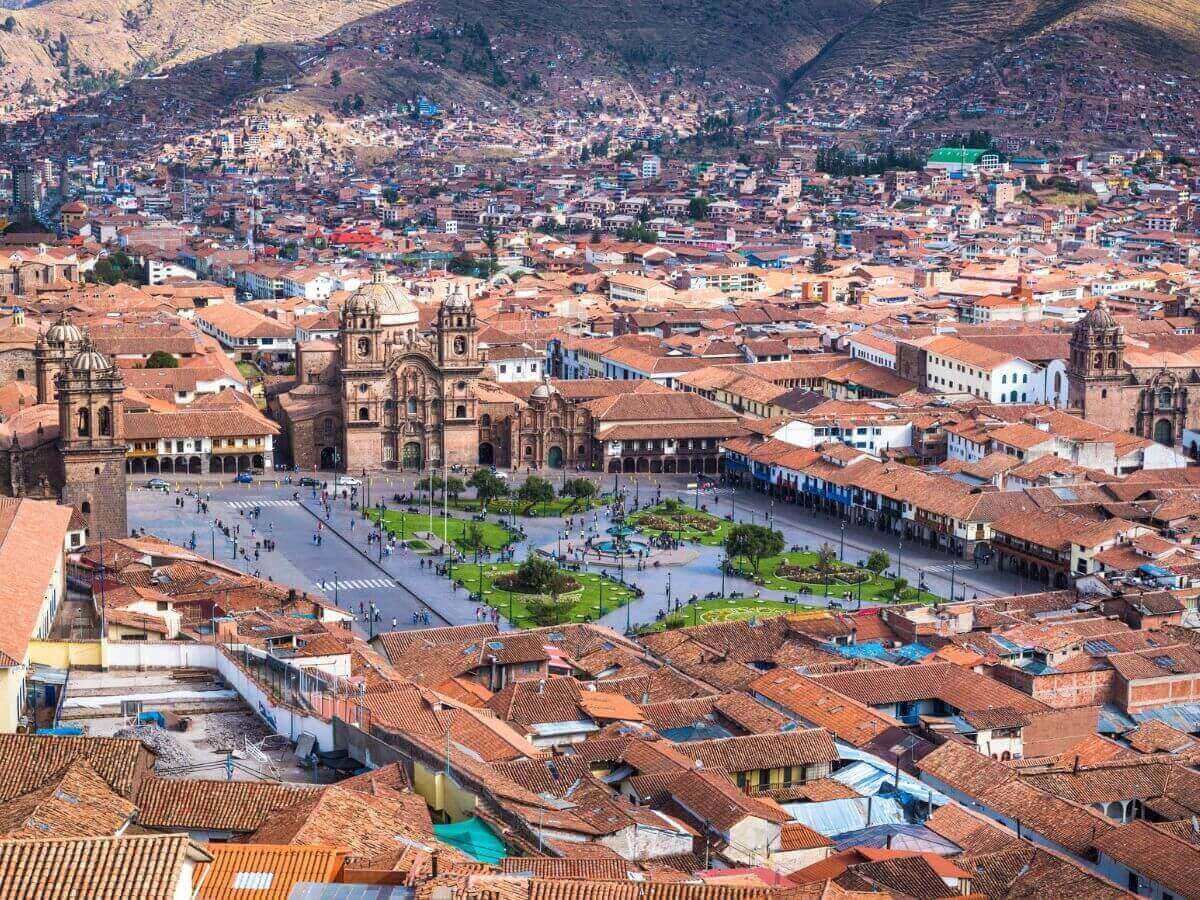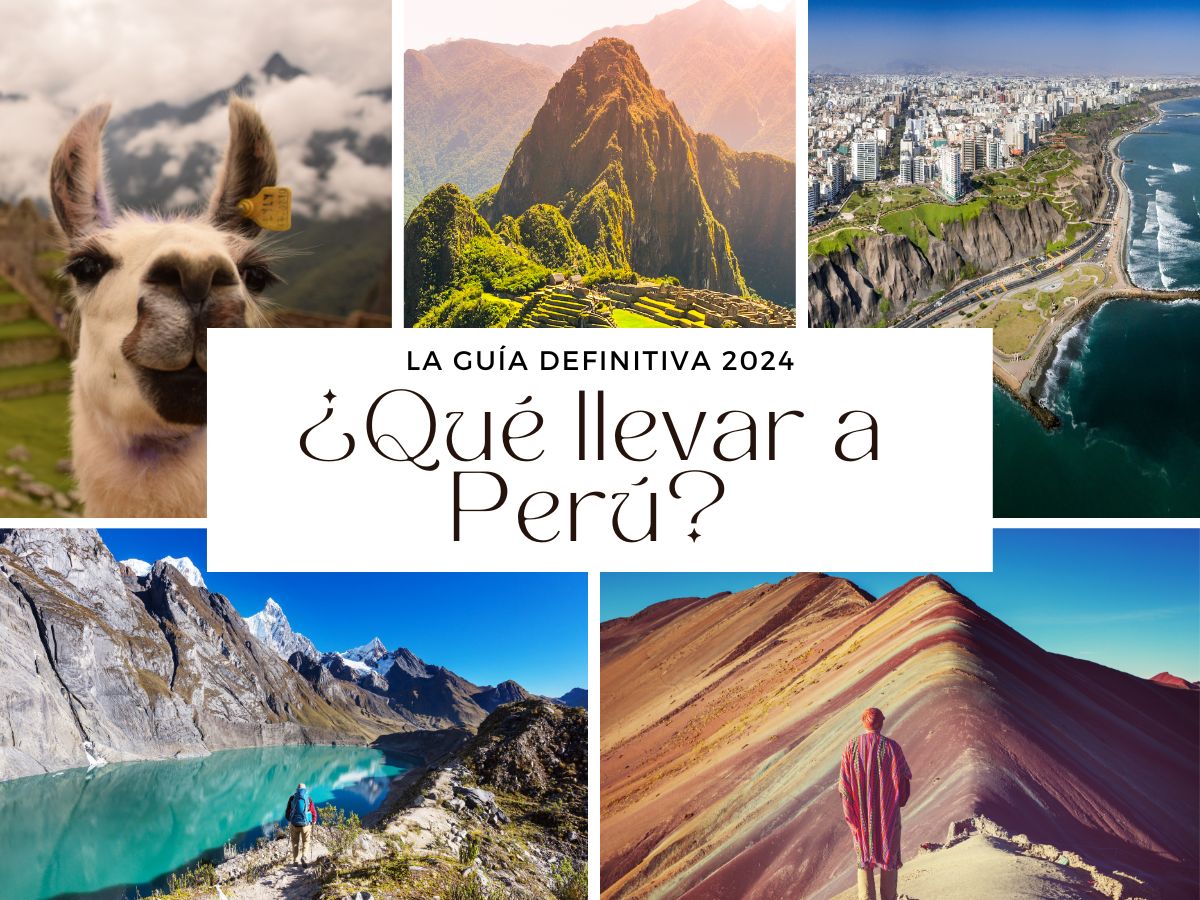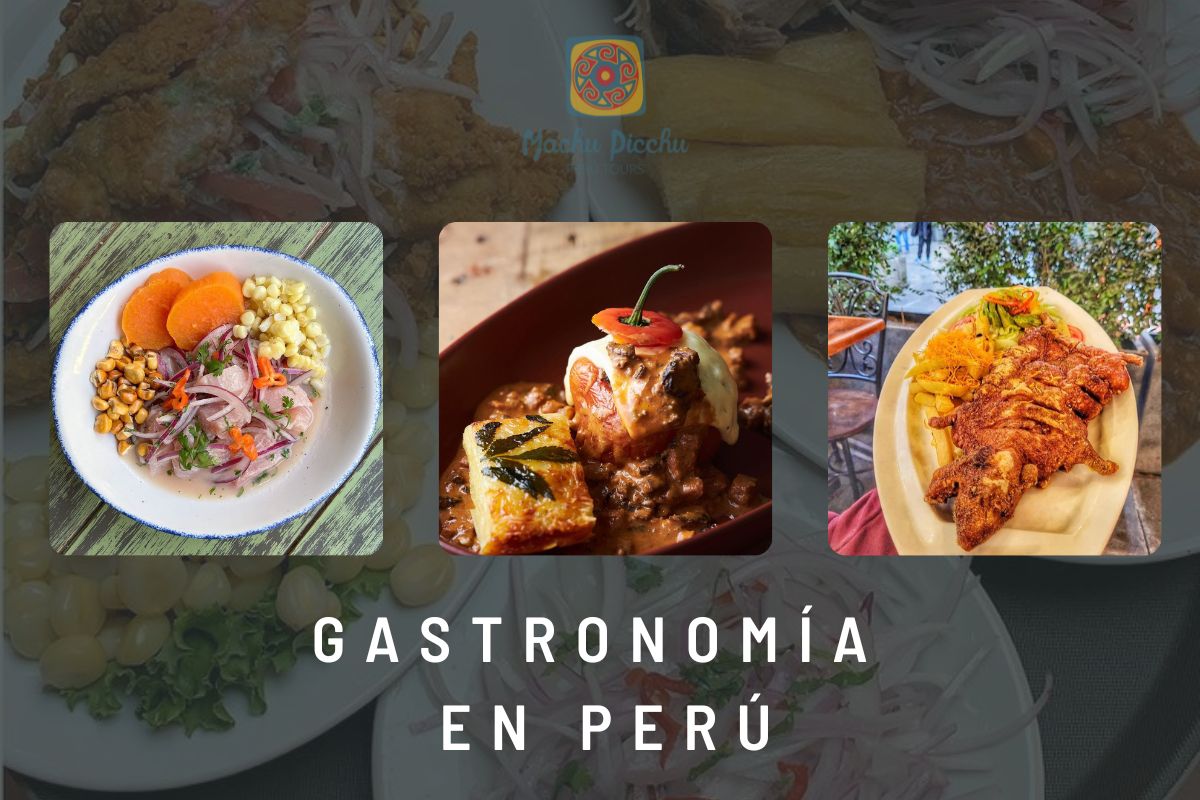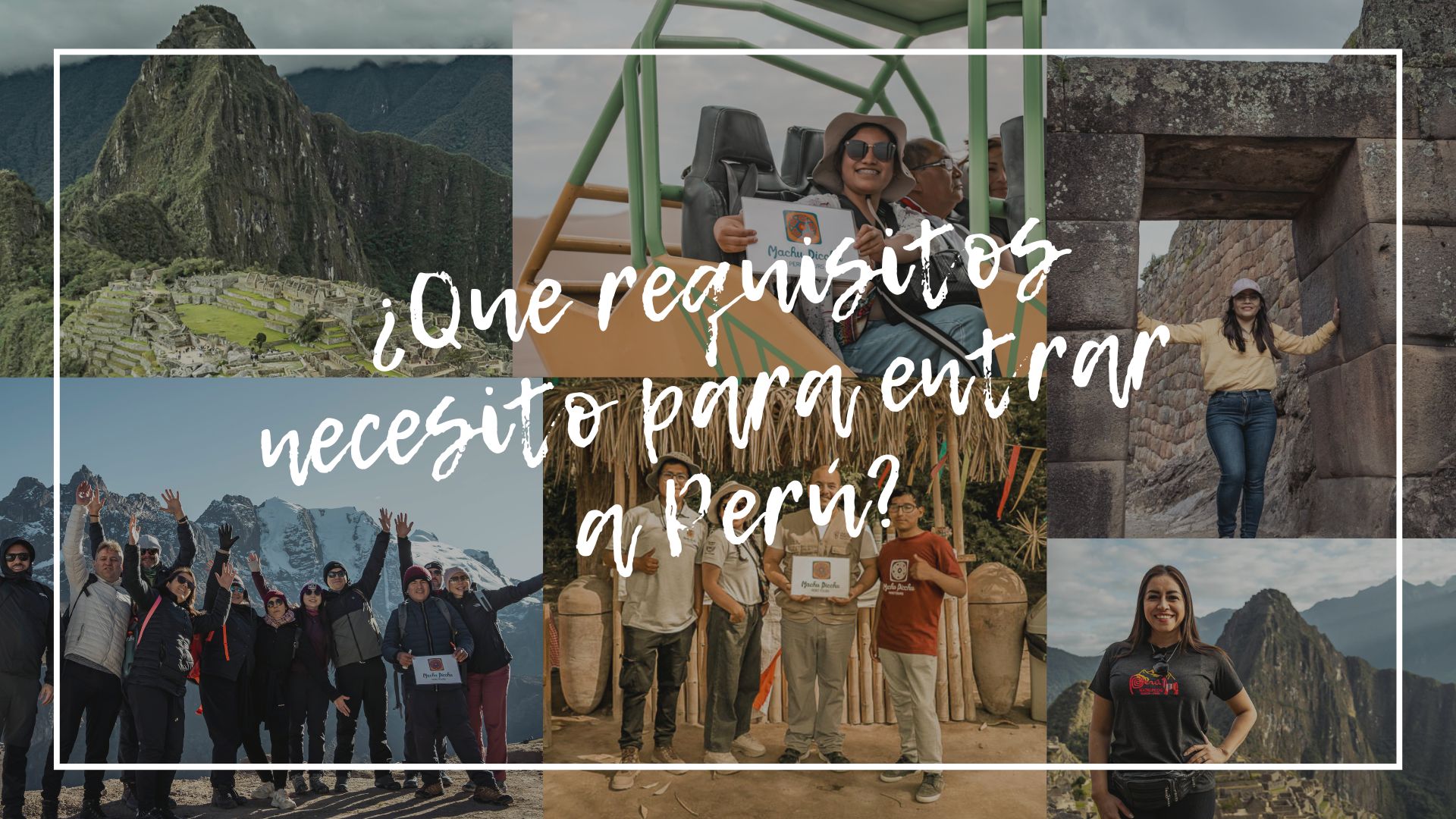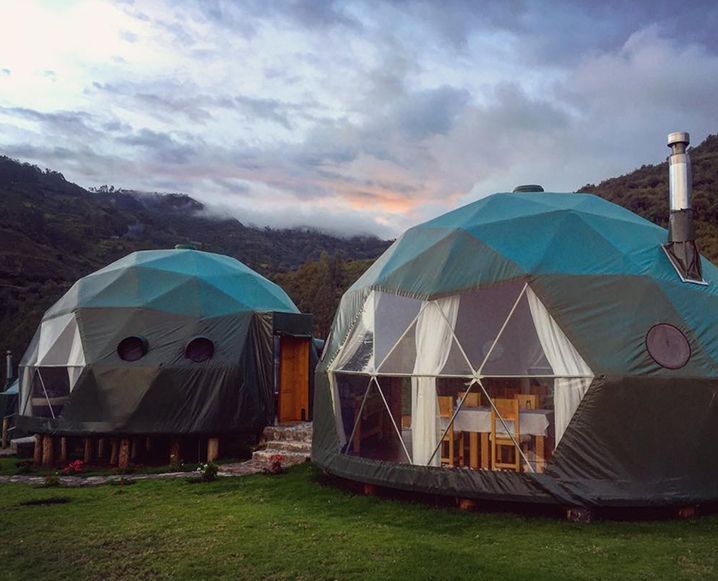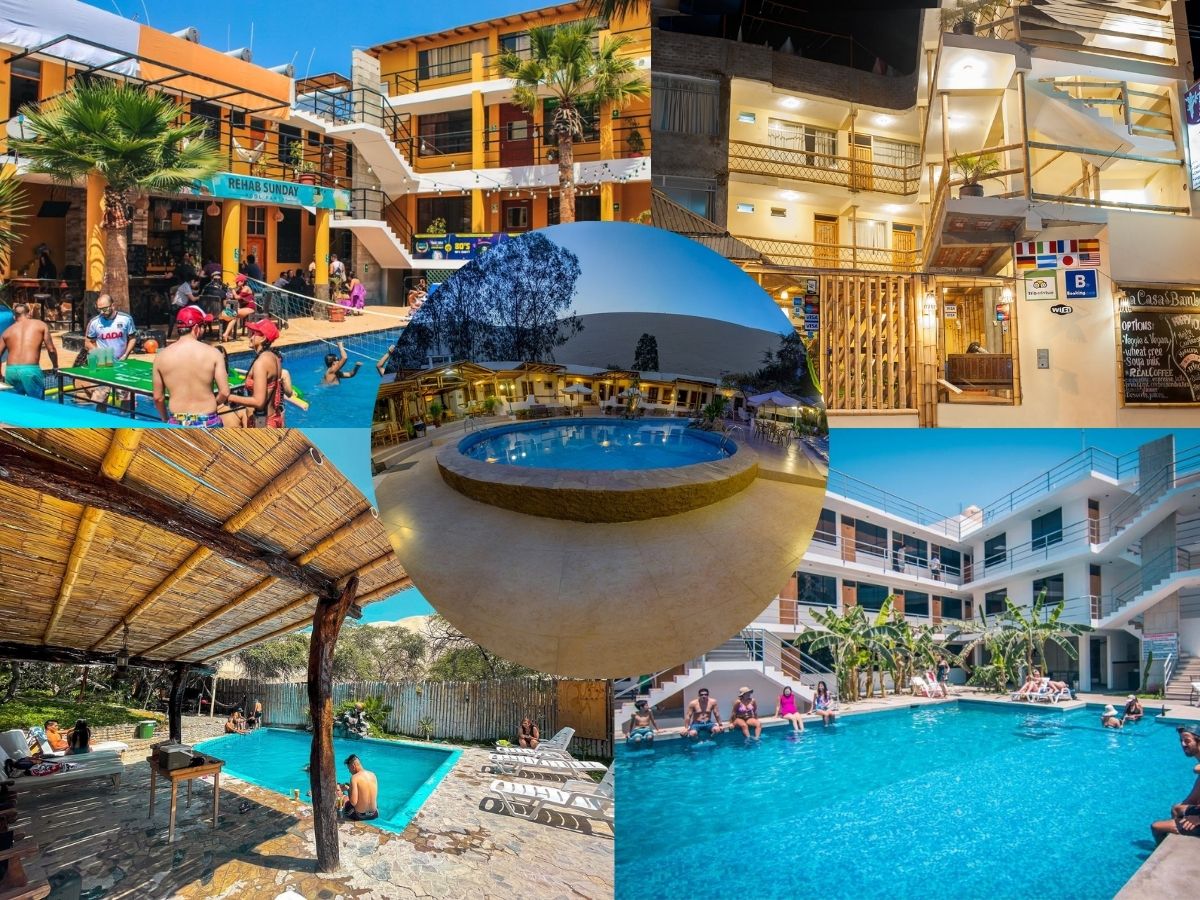07 Facts You Should Know about Inti Raymi in Cusco
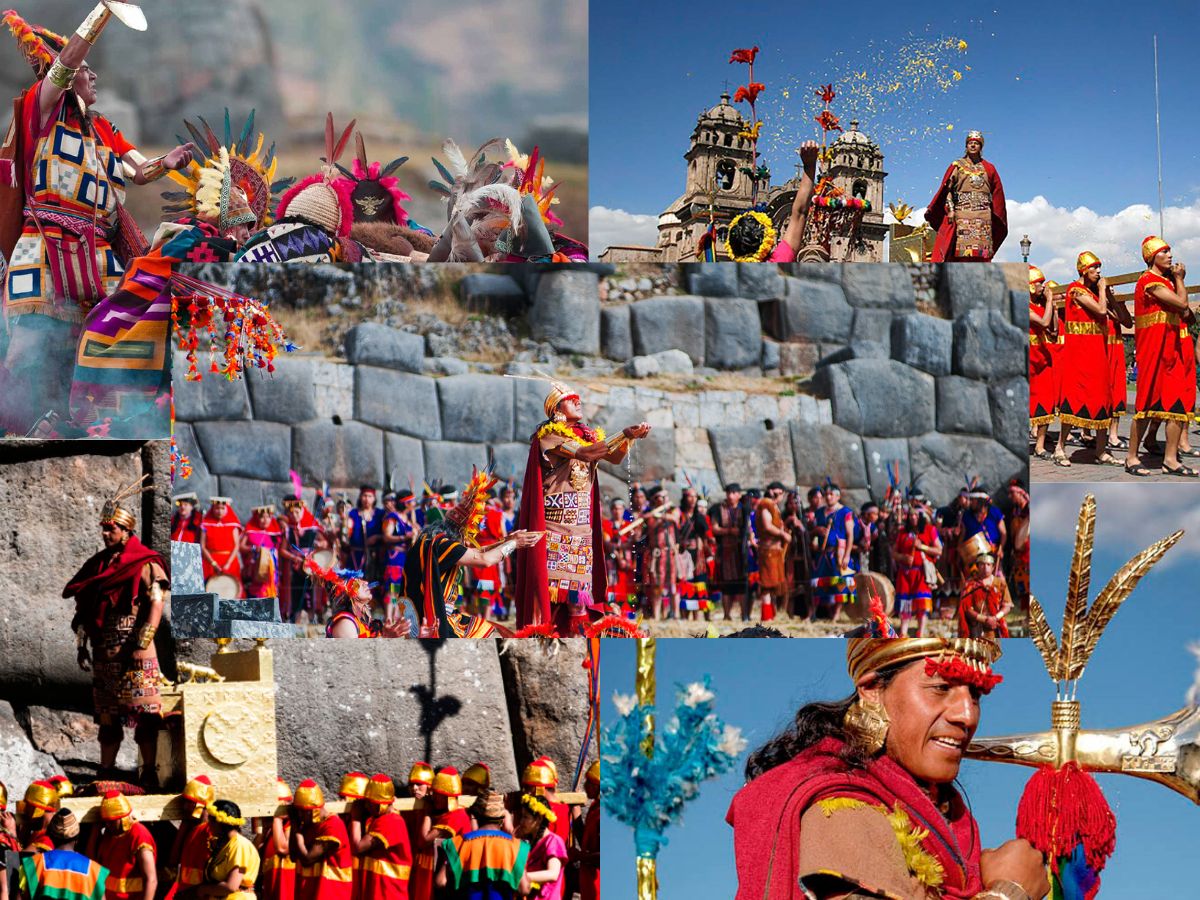
Inti Raymi, an ancestral celebration held in the Peruvian Andes, is much more than a simple festivity. At its core, this event transcends time and connects people with their roots, their culture, and their natural environment. Let’s dive into the details of this fascinating celebration.
Since time immemorial, the indigenous peoples of the Andes have venerated the sun as a supreme deity. Inti Raymi Cusco has its roots in these ancient beliefs and has become an emblematic celebration that pays homage to the sun and the fertility of the earth.
Inti Raymi is a grandiose ceremony that involves sacred rituals, traditional dances, and the participation of thousands of people. During the celebration, participants wear colorful costumes and recite prayers in Quechua, the ancestral language of the Incas.
The History Behind Inti Raymi in Cusco
Inti Raymi Cusco has its roots deeply rooted in the ancient history of the Andean peoples, especially in the Inca civilization that flourished in the Andes region of what is now Peru. This celebration not only marks the winter solstice in the southern hemisphere but also has its origins in the religious and cosmogonic beliefs of the Incas.
For the Incas, the sun, known as Inti, was a supreme divinity and a source of life and energy. The Inti Raymi, or Festival of the Sun, was a sacred occasion to pay homage to the sun and give thanks for its light and warmth, essential for agriculture and life on earth.
The history behind Inti Raymi is linked to Inca mythology and the intimate relationship between humans and nature. The celebration was an expression of gratitude to the sun for its generosity and a request for it to continue its vital cycle, thus ensuring the prosperity and well-being of the Inca people.
If you want to know more about the history of this celebration: Here is a detailed guide to the Inti Raymi, the feast of the sun.
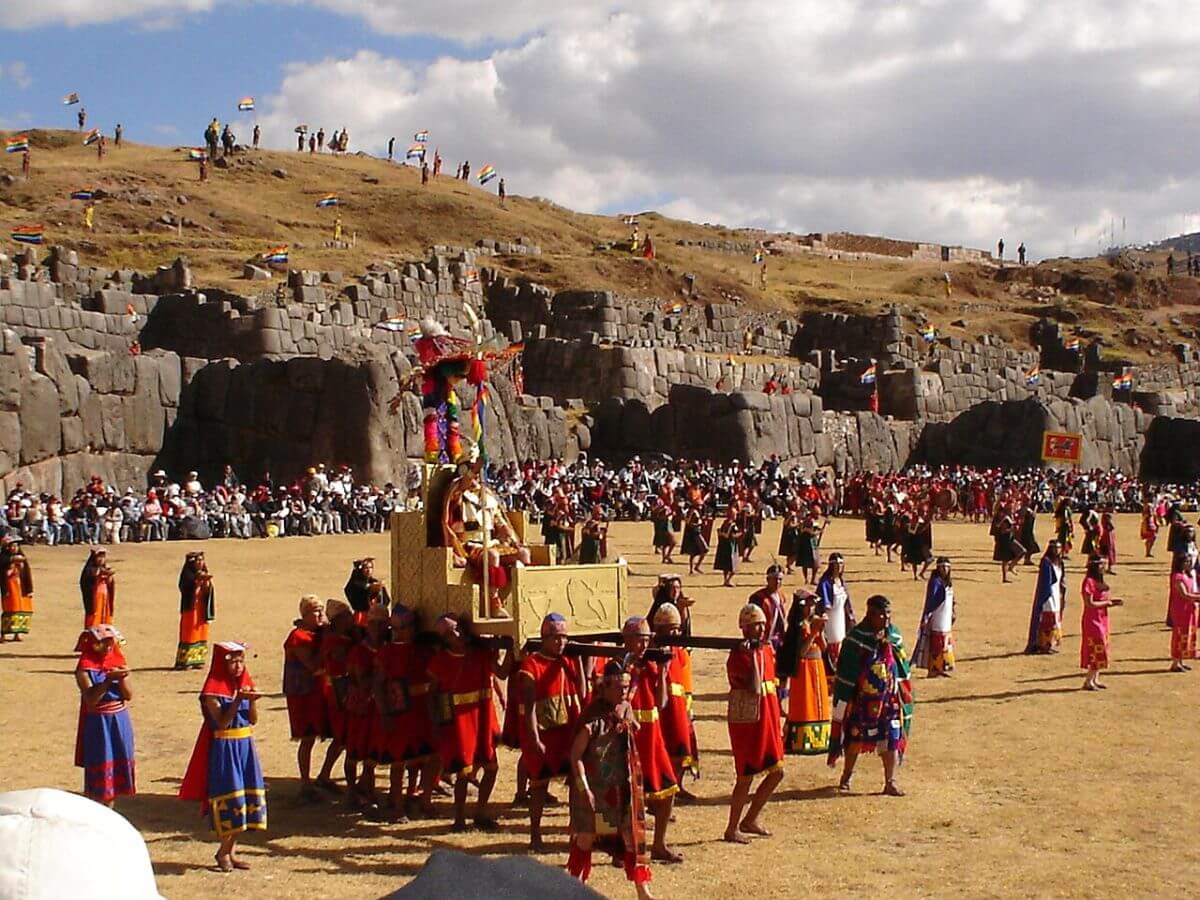
The Importance of Inti Raymi Today
Inti Raymi retains an undeniable relevance in contemporary times, as it stands as a fundamental pillar in the preservation and dissemination of the rich Andean culture and Peruvian identity. This ancestral festival acts as a beacon that guides present and future generations, transmitting knowledge, rituals and traditions that constitute the invaluable legacy of pre-Columbian civilizations.
In addition, Inti Raymi in Cusco plays a crucial role in the field of tourism, attracting thousands of visitors from all over the world. This celebration, with its splendorous display of dances, music and ceremonies, becomes a magnet for those seeking to immerse themselves in the authenticity of Peruvian culture and experience the spiritual connection with the earth and the cosmos that this festivity offers.
This celebration promotes values of respect for the environment and cultural heritage, encouraging sustainable tourism and the preservation of ancestral traditions. By recognizing the importance of this celebration, intercultural dialogue is strengthened and the social fabric is enriched, thus contributing to the construction of a more inclusive and conscious society of its cultural heritage.
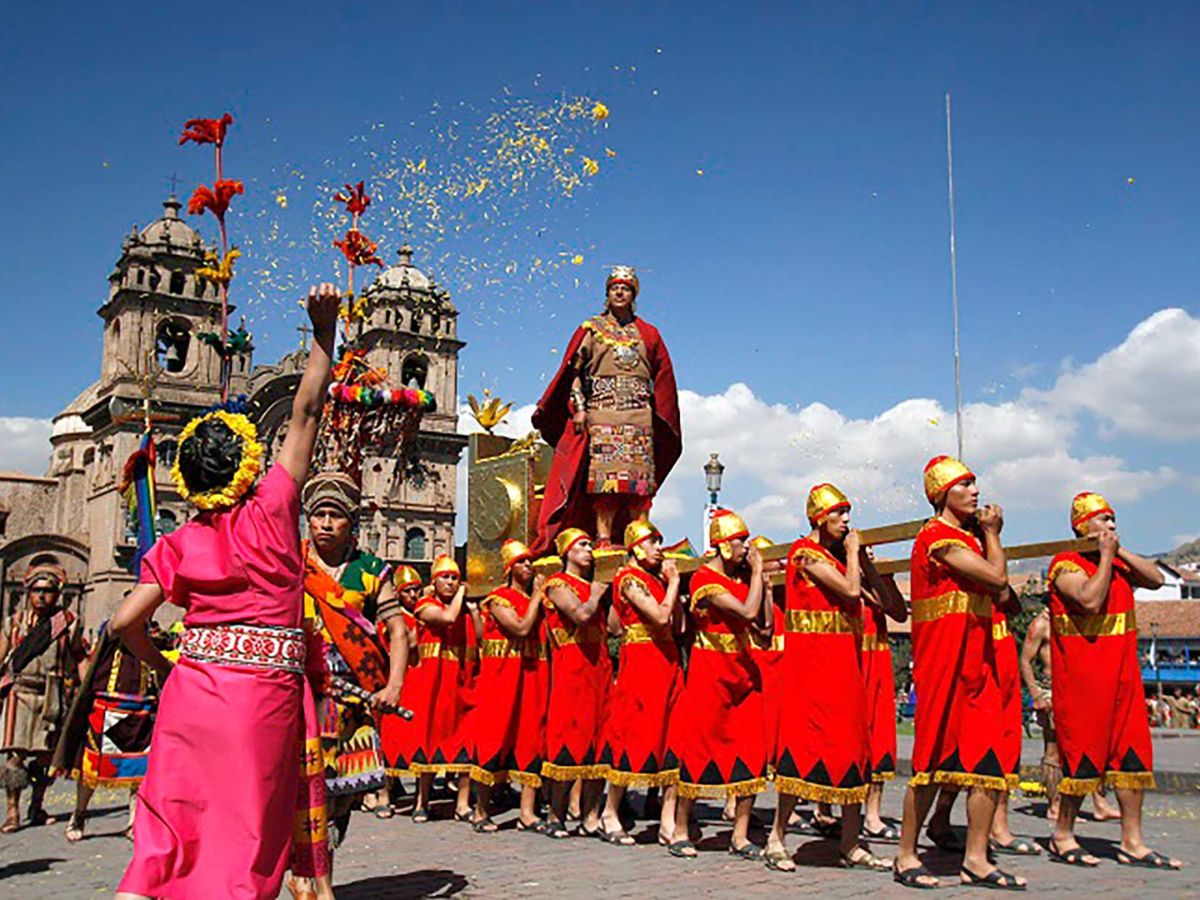
07 Facts You Should Know about Inti Raymi
1. The Inti Raymi is an Ancestral Inca Celebration
Inti Raymi, or Festival of the Sun, is a festival of Inca origin that commemorates the winter solstice in the southern hemisphere. For the Incas, the sun, or Inti, was a supremely important deity, and this celebration was a way of paying homage to it. They believed that the sun granted them life, fertility and prosperity, and for this reason they worshipped it through rituals and ceremonies, the Inti Raymi being the most outstanding of them.
During Inti Raymi in Cusco, a series of sacred rituals were performed in which the Inca, priests and common citizens participated. These rituals included offerings, ceremonial dances, processions, and sacrifices, all aimed at honoring the sun and ensuring its return in the life cycle, which guaranteed the continuity of life and the fertility of the earth.
2. Meaning of the word “Inti Raymi”.
The term “Inti Raymi” transcends its mere translation as “Festival of the Sun” in the Quechua language, as it encapsulates a much deeper and transcendental meaning in the Inca worldview. For the ancient Incas, Inti Raymi was more than a simple celebration; it was an act of communion with the divine, an expression of gratitude and reverence towards the sun, Inti, as the primordial source of life and energy.
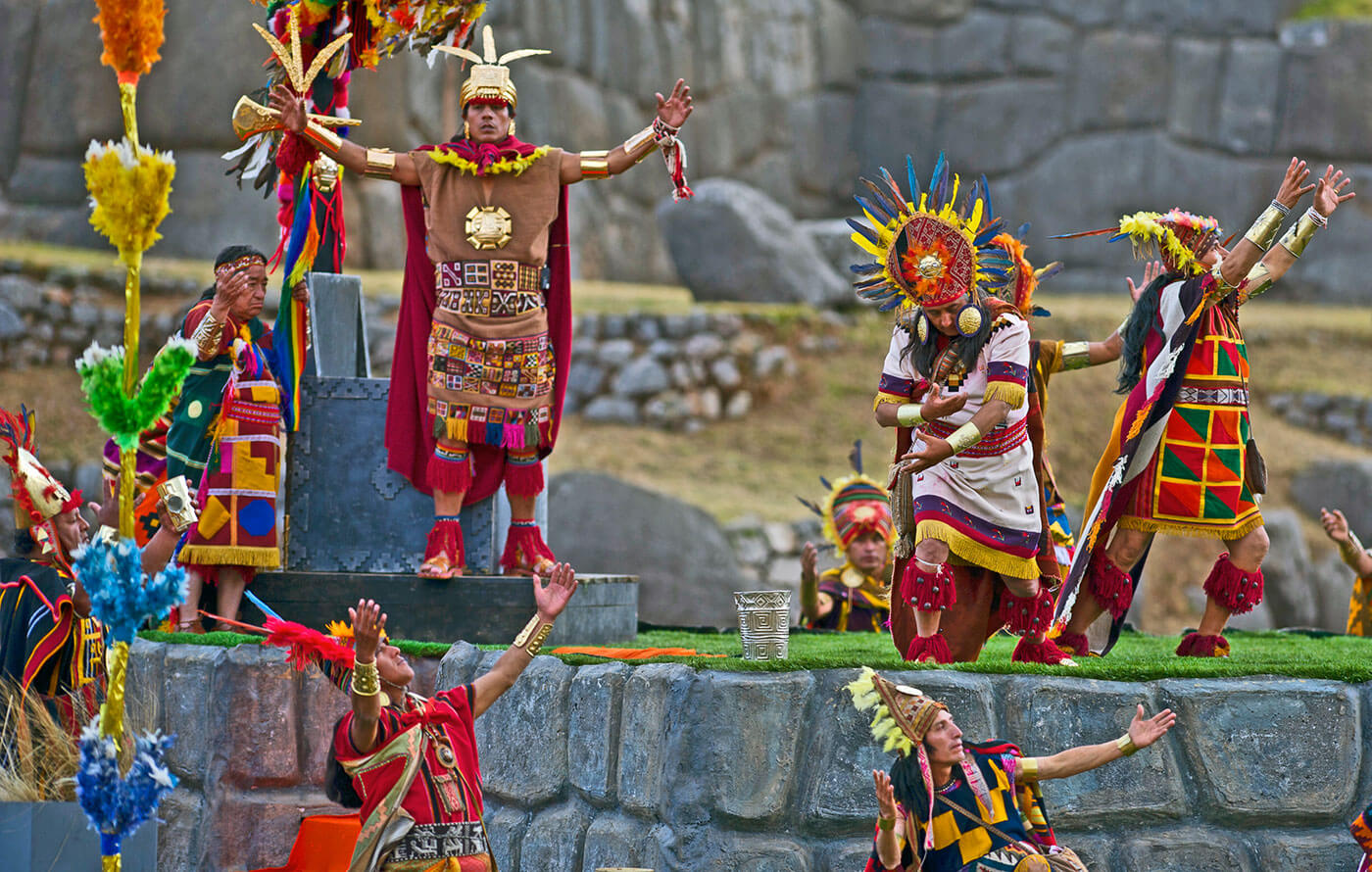
3. Ceremonies and Rituals in Cusco
The ceremonies and rituals of the Inti Raymi in Cusco, constitute a spectacle of magnificence and solemnity that transports participants and spectators to the times of the ancient Inca Empire. This city, which was the capital of the Inca Empire, becomes the perfect setting to relive the traditions and honor the sun in all its majesty during the celebration of Inti Raymi.
At the heart of the festivities is the Sacsayhuaman fortress, an imposing archaeological complex that serves as the main stage for the Inti Raymi rituals. Here, in front of an audience that gathers to witness the event, ceremonies that evoke the grandeur and spirituality of the Inca culture take place.
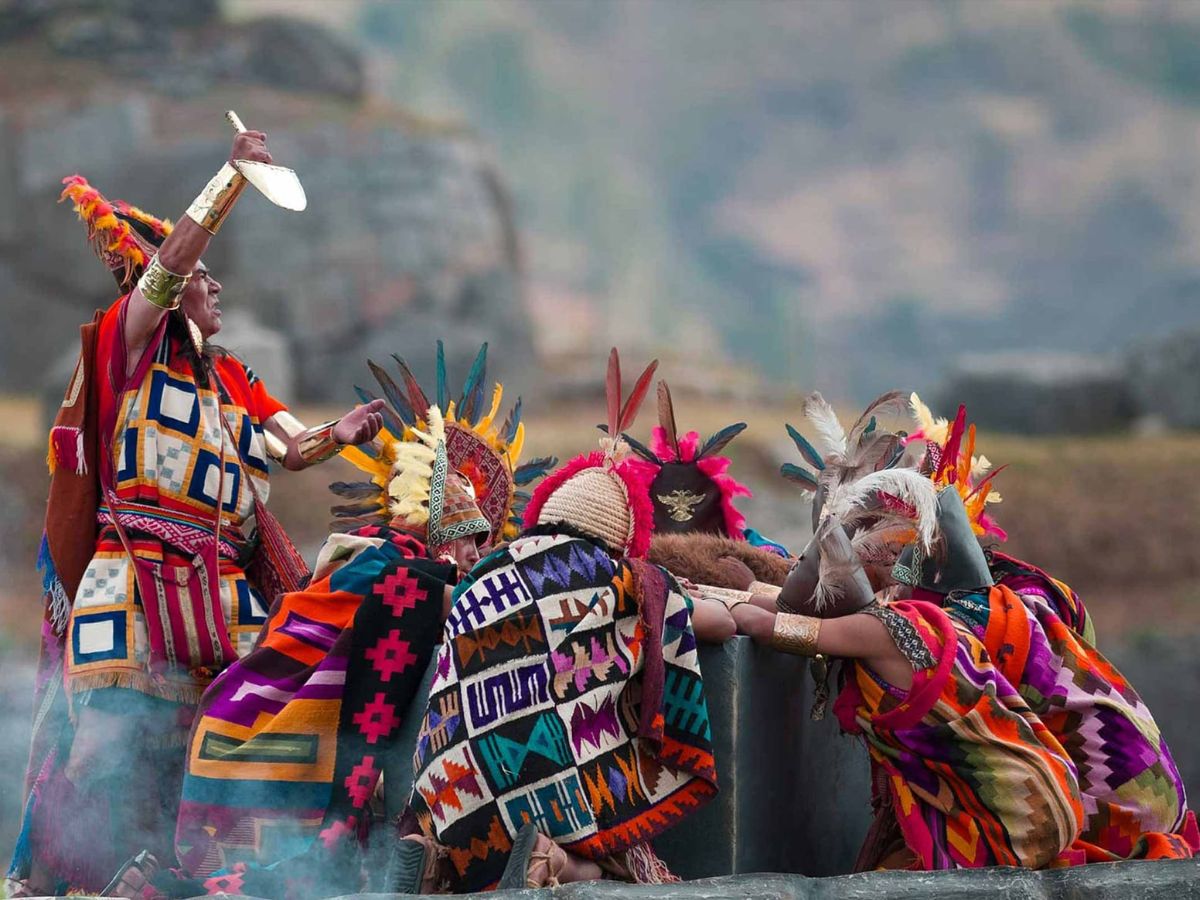
4. Attraction for visitors from all over the world
Inti Raymi has become a fascinating attraction for visitors from all over the world, who are drawn by the opportunity to witness and participate in one of the most emblematic and ancient cultural celebrations in Latin America. Every year, thousands of tourists arrive in Cusco to be part of the richness and spirituality of this unique festivity.
The magnificence and splendor of Inti Raymi captivates the hearts and minds of visitors, who are amazed by the beauty of the traditional dances, colorful costumes and sacred rituals that take place in the majestic setting of the Sacsayhuaman fortress. It is an unforgettable experience that Cusco offers to all visitors to enjoy to the fullest.
5. Revitalization of the Celebration
The revitalization of Inti Raymi over the centuries is a moving testimony to the resistance and resilience of the Andean people in the face of adversity. Despite Spanish colonization and the imposition of new religious beliefs and practices, the celebration of Inti Raymi in Cusco managed to remain alive in secret, thus preserving an invaluable part of the cultural heritage of the region.
Today, the celebration of Inti Raymi in Cusco continues to be an integral part of Peru’s cultural calendar, with increasingly elaborate and festive events that attract a global audience.
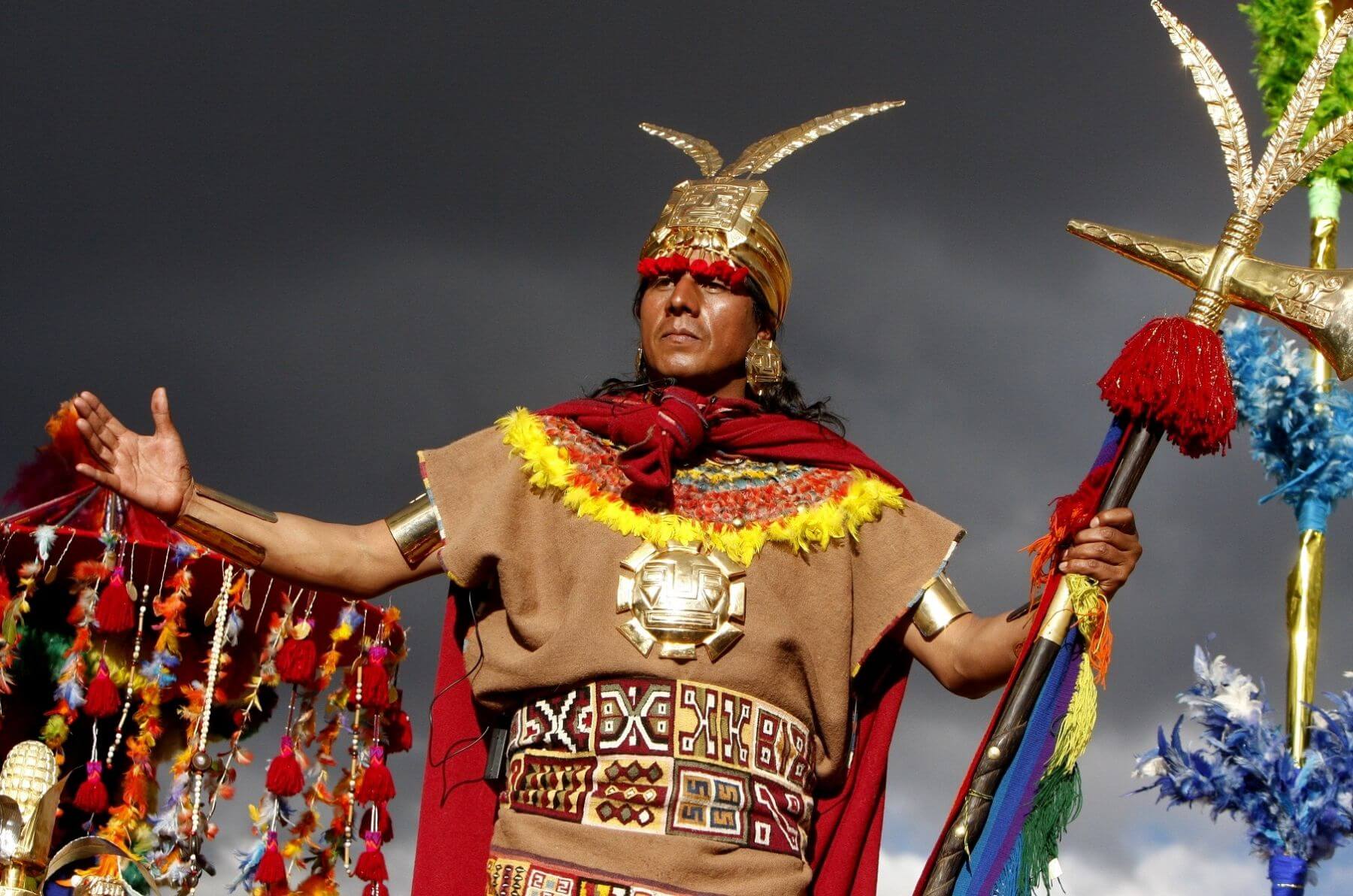
6. Symbolism in Every Aspect of the Ceremony
Symbolism permeates every aspect of the Inti Raymi ceremony in Cusco, from the colorful costumes to the sacred rituals, offering a window into the worldview and spirituality of the ancient Incas. The costumes of the participants are a reflection of the symbolism inherent in the festivity. The vibrant colors and intricate designs represent the elements of nature and the Inca gods, while the headdresses and accessories have specific meanings related to the social status and ceremonial role of each individual.
The rituals and ceremonies performed during Inti Raymi in Cusco are loaded with symbolism, from the offerings of food and precious objects to ceremonial dances and chants. Every gesture and word has a profound meaning, honoring the sun and securing its favor for the coming year. The very setting of the ceremony, the Sacsayhuaman fortress, has a special symbolism. This imposing stone structure represents the connection between the earthly and spiritual worlds, serving as a sacred place where participants can communicate with the gods and receive their blessings.
7. Gastronomy at the Inti Raymi in Cusco
Gastronomy plays a fundamental role in the Inti Raymi in Cusco, offering a delicious sample of the traditional flavors of the Andean region and complementing the celebration with dishes full of history and meaning. During the festivities, you can find a variety of typical dishes that reflect the cultural and culinary richness of the Peruvian people.
Among the most outstanding dishes are the cuy al horno and cuy chactado, an Andean specialty considered a delicacy for its unique flavor and juicy texture, and the star dish which is the Chiriuchu. This typical dish is prepared with a variety of ingredients, which may include guinea pig meat, chicken, fish, seafood, potatoes, eggs, rocoto, corn, among others. All these ingredients are served cold and presented on a colorful platter, creating a true feast of flavors and textures.
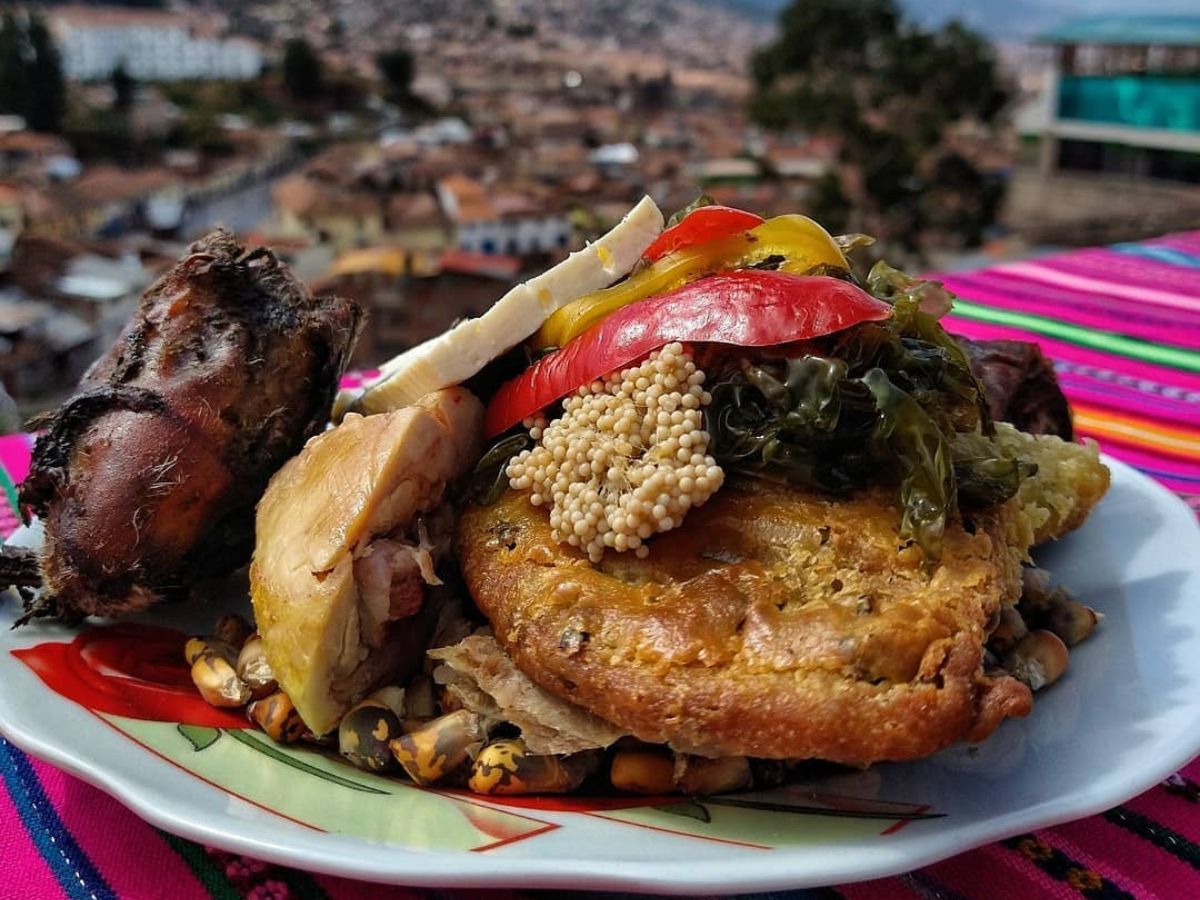
As you saw, Inti Raymi in Cusco invites us to celebrate life, abundance, and the connection between humans and nature. It is a reminder of the importance of keeping tradition and culture alive, inspiring present and future generations to honor and celebrate our cultural heritage with pride and gratitude.
Explore many more travel destinations and facts about Peru on our travel blog and plan your next trip with us!



